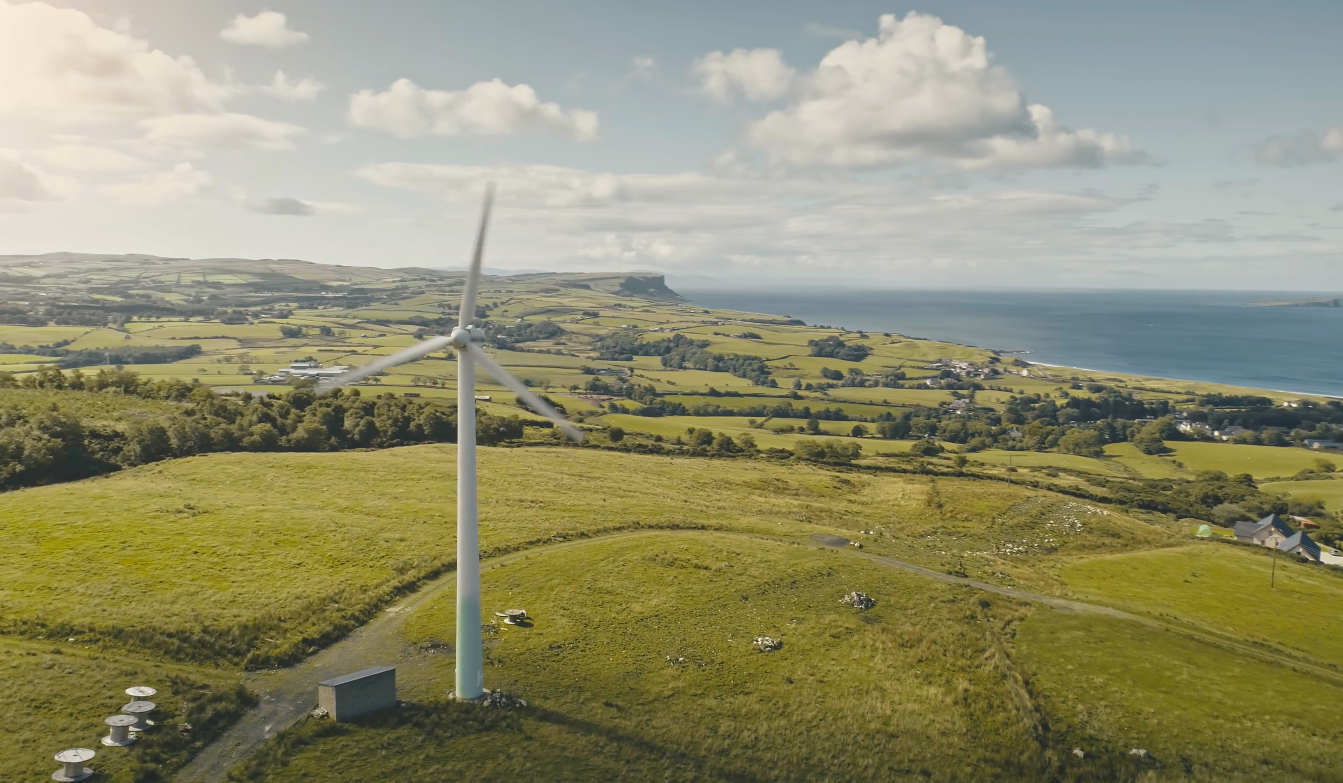Ireland’s bid to become a truly green country received a shot in the arm this week, as renewable power projects and the facilities needed to build them both received support.
The Irish energy mix is still heavily reliant on imported fossil fuels but a concerted effort is underway to get more clean energy into the system. Ireland’s government wants to source 80% of power from renewables by 2030, just as a start.
Coal power will be phased out by the end of next year and further steps are being taken to get Ireland in a position where meeting its 2050 net zero target could be achievable.
Ireland’s location on the edge of the blustery Atlantic Ocean means there is a lot of potential: in the first half of this year, wind power provided just over a third of clean electricity. Almost all of that was generated by onshore wind turbines as the offshore market is still developing.
This week, the government’s latest renewable energy auction round successfully saw 1.3 gigawatts of clean energy capacity bidding. If brought online, that would be enough to power half a million homes.
Perhaps surprisingly for a country that has a reputation for being grey and rainy, the lion’s share of that capacity was solar, with more than 900 megawatts receiving bids. The rest was made up of wind power.
Ultimately though, it is yet another reminder that solar power is so cheap right now that it makes financial sense to bid for and build as much of it as possible. It is also important to note that modern panels still operate in cloudy conditions, albeit at a lower capacity.
Renewable energy trade associations were pleased with the outcome of the auction but called on the government to make sure that the next round offers an even greater volume of capacity.
The same groups also said that other factors like grid upgrades and permitting need to be addressed now so that all of this capacity can actually be deployed when the time comes.
Somewhere beyond the sea
Onshore renewables are making great progress then but what about Ireland’s offshore energy potential? At the moment it is largely untapped as there is only one operational farm, which has a capacity of just 25 MW.
Progress needs to happen quickly, as Ireland’s 2030 clean power objective relies on there being 5 GW of offshore wind to help generate green electrons. By 2050, the government wants 37 GW.
According to trade group Wind Energy Ireland, meeting that goal could bring nearly €40 billion in economic benefits to Ireland. The industry needed to build these facilities still needs to be fully developed though.
Efforts took a step forward this week when the European Investment Bank, the European Union’s triple-A rated lender, signed an agreement with the Irish government on wind energy.
The bank will provide advice to Ireland about which of its ports are best suited to developing offshore wind installation capacity, the lack of which is currently a big limiting factor for the industry.
Offshore wind farms require large vessels to lay the foundations for the turbine mounts, to hoist massive turbines and blades sometimes hundreds of metres up to the top of those mounts and to maintain the farms when operational.
All of the associated infrastructure like transformers and cabling also has to be taken care of but if there is no suitable onshore facilities at ports, the economic case falls apart quickly.
If Ireland can develop its ports then it can unlock massive potential both in the Atlantic and in the Celtic Sea.
Floating offshore wind turbines are quickly being developed and will open up maritime areas that are too deep for conventional fixed-bottom turbines. If Ireland times it right, then it could be at the forefront of that nascent technology.
Want more updates and analysis of what is happening in the world of energy and climate? Interested in finding a job in the sector or more information about public tenders? Sign up to our Energy Rundown newsletter here!

